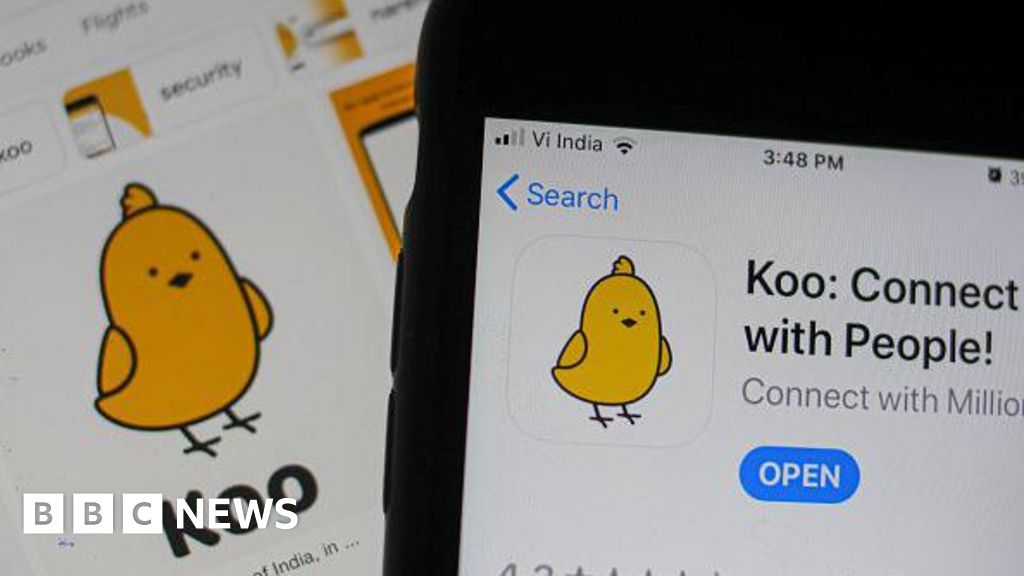SpaceX is preparing to launch a Falcon 9 rocket 14 years to the day when the rocket made its launch debut from the same pad. Since that day, SpaceX launched more than 340 Falcon 9 rockets, 285 of which were using previously flown boosters.
Tuesday night’s launch is set for liftoff from pad 40 at Cape Canaveral Space Force Station at 10:16 p.m. EDT (0216 UTC).
Spaceflight Now will have live coverage beginning about an hour prior to liftoff.
The Falcon 9 first stage booster, tail number B1067 in the SpaceX fleet, will be launching for a 20th time. It previously supported the flights of two Crew Dragon astronaut missions, two Cargo Dragon resupply missions to the International Space Station and 10 previous Starlink delivery runs.
About 8.5 minutes after liftoff, B1067 will land on the SpaceX droneship ‘Just Read the Instructions.’ This will be the 83rd landing using JRTI and the 316th booster landing to date.
Onboard the Falcon 9 flight are 20 Starlink V2 Mini satellites, including 13 that feature direct to cellphone capabilities.
In a post on his social media platform X (formerly Twitter), SpaceX founder Elon Musk stated on June 2 “Starlink just achieved a new internal median latency record of 28ms yesterday,” adding later that “Median latency for Starlink Internet in the US will get below 20ms.”
The update on the network’s reported capabilities came a day after Michael Nicolls, SpaceX’s vice president of Starlink Engineering, shared a post summarizing the impact of the 11 Starlink launches SpaceX performed in May.
He noted that the 26 direct to cellphone Starlink satellites represented more than eight percent of what they need for initial cellphone service with partner T-Mobile. That suggests that SpaceX needs about 325 such Starlink satellites to meet this goal.
Quite a month for @Starlink thanks to Falcon’s accelerating launch pace!
+ 11 launches
+ 221 Ku satellites – over 20 Tbps of fronthaul capacity
+ 26 direct to cell satellites – over 8% of the sats needed for initial direct-to-cell service pic.twitter.com/pwUj8kdWUj— Michael Nicolls (@michaelnicollsx) June 1, 2024
Starship Flight 4
The launch comes on the same day that the Federal Aviation Administration approved a launch license modification that allows SpaceX to move forward with Flight 4 of its Starship rocket. The agency noted that SpaceX “met all safety and other licensing requirements for this test flight.”
The FAA also included language int its statement that suggests SpaceX may not have to wait as long if things fall along certain parameters outlined by SpaceX.
“As part of its request for license modification, SpaceX proposed three scenarios involving the Starship entry that would not require an investigation in the event of the loss of the vehicle,” the FAA said in a statement. “The FAA approved the scenarios as test induced damage exceptions after evaluating them as part of the flight safety and flight hazard analyses and confirming they met public safety requirements.”
“If a different anomaly occurs with the Starship vehicle an investigation may be warranted as well as if an anomaly occurs with the Super Heavy booster rocket.”
The FAA also cleared SpaceX to perform either controlled or an uncontrolled reentry of Starship. However, it specified that SpaceX needs to give warning to the FAA prior to launch if it opts for the second option.


Daisy Hips is a science communicator who brings the wonders of the natural world to readers. Her articles explore breakthroughs in various scientific disciplines, from space exploration to environmental conservation. Daisy is also an advocate for science education and enjoys stargazing in her spare time.








